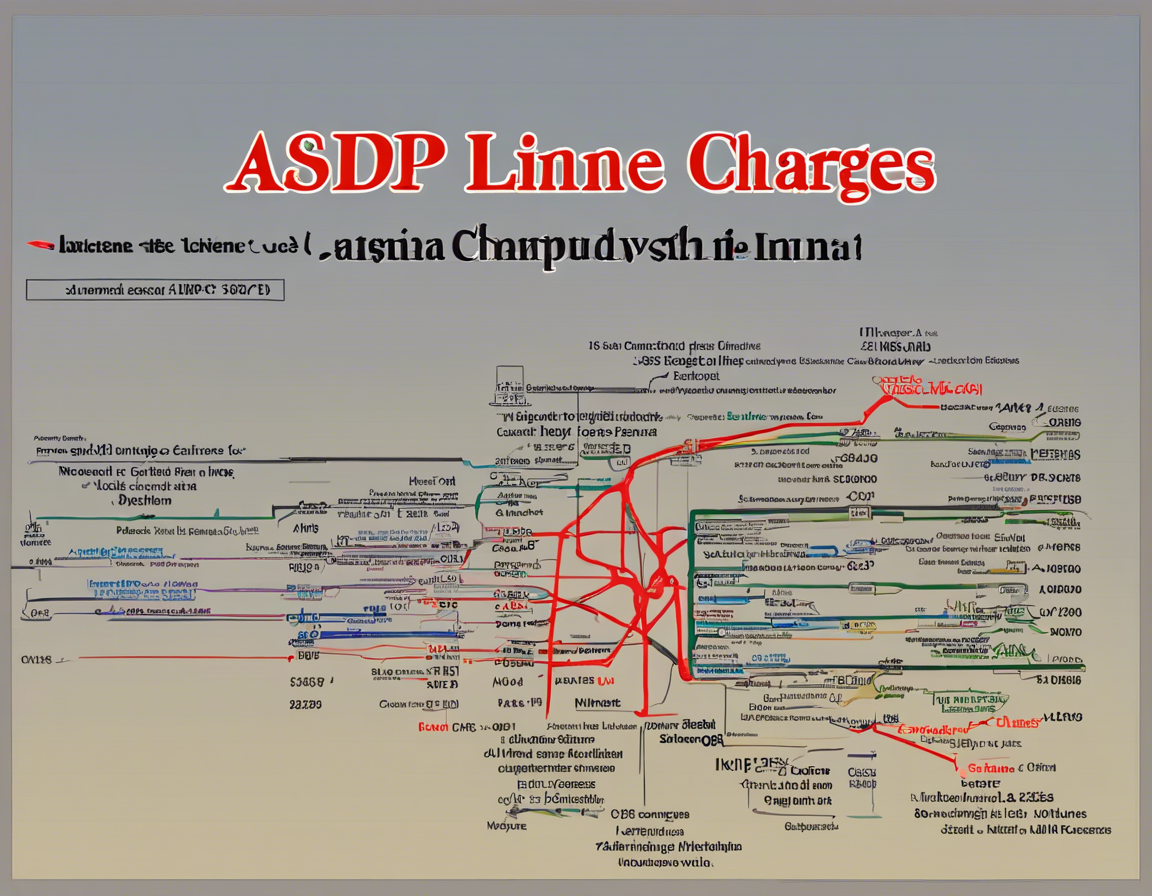Introduction
If you own a business or are involved in the industrial sector, chances are you have come across the term ASPP line charges. These charges are a significant component of utility bills, especially for businesses that rely heavily on electricity. Understanding what ASPP line charges are and how they impact your overall expenses is crucial for effective cost management. In this comprehensive guide, we will delve into the intricacies of ASPP line charges, explaining what they are, how they are calculated, and how businesses can potentially reduce these costs.
What are ASPP Line Charges?
ASPP stands for Adjustment for Sales of Power to Particular Customers. In simple terms, ASPP line charges are fees imposed by utility companies on customers who generate their electricity, typically through alternative sources like solar panels or wind turbines. These charges are meant to compensate the utility for the revenue lost due to customers producing their power and thereby purchasing less electricity from the grid.
How are ASPP Line Charges Calculated?
ASPP line charges are calculated based on specific formulas provided by utility companies or regulatory authorities. The calculations can vary depending on the region, utility provider, and the agreements in place. Generally, the charges are determined by considering factors like the customer’s electricity consumption, the amount of electricity generated on-site, and the prevailing utility rates. It is essential for businesses to understand the methodology behind these calculations to accurately forecast and budget for ASPP line charges.
Factors Influencing ASPP Line Charges
Several factors can influence the magnitude of ASPP line charges for a business. These factors include the size of the electricity generation system, the rate structure of the utility company, the time of day when electricity is generated and consumed, and any governmental policies or incentives in place. Businesses need to consider these factors when evaluating the impact of ASPP line charges on their overall operating costs.
Strategies to Reduce ASPP Line Charges
While ASPP line charges are a regulatory requirement, there are several strategies that businesses can adopt to mitigate the impact of these charges on their bottom line. One effective approach is to optimize the timing of electricity generation to align with peak demand periods when grid electricity is most expensive. Implementing energy storage systems can also help in storing excess electricity generated during off-peak hours for use during peak times, thereby reducing reliance on grid power and lowering ASPP line charges.
FAQs about ASPP Line Charges
-
What is the purpose of ASPP line charges?
ASPP line charges are designed to compensate utility companies for revenue lost when customers generate their electricity and purchase less power from the grid. -
How are ASPP line charges different from regular electricity rates?
ASPP line charges are separate from standard electricity rates and are calculated based on specific formulas that account for on-site electricity generation. -
Can businesses negotiate ASPP line charges with utility providers?
While ASPP line charges are typically regulated, businesses can engage in discussions with utility companies to better understand the calculations and explore potential cost-saving measures. -
Are there any tax incentives available to offset ASPP line charges for renewable energy users?
In some regions, businesses investing in renewable energy systems may qualify for tax incentives or rebates that can help offset ASPP line charges. -
What role do energy management systems play in reducing ASPP line charges?
Energy management systems can monitor and optimize electricity usage, helping businesses reduce overall consumption and potentially lower ASPP line charges.
In conclusion, ASPP line charges are an important aspect of utility bills for businesses engaged in on-site electricity generation. By understanding how these charges are calculated, the factors influencing their magnitude, and implementing strategies to reduce them, businesses can effectively manage their energy costs and improve their bottom line. Partnering with energy consultants or experts in the field can further optimize cost-saving opportunities related to ASPP line charges.
